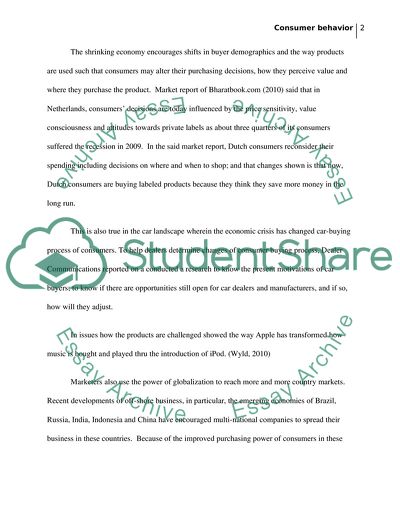Cite this document
(The Analysis of How External Variables Are Used by Marketers to Term Paper - 3, n.d.)
The Analysis of How External Variables Are Used by Marketers to Term Paper - 3. Retrieved from https://studentshare.org/marketing/1749006-consumer-behaviour
The Analysis of How External Variables Are Used by Marketers to Term Paper - 3. Retrieved from https://studentshare.org/marketing/1749006-consumer-behaviour
(The Analysis of How External Variables Are Used by Marketers to Term Paper - 3)
The Analysis of How External Variables Are Used by Marketers to Term Paper - 3. https://studentshare.org/marketing/1749006-consumer-behaviour.
The Analysis of How External Variables Are Used by Marketers to Term Paper - 3. https://studentshare.org/marketing/1749006-consumer-behaviour.
“The Analysis of How External Variables Are Used by Marketers to Term Paper - 3”. https://studentshare.org/marketing/1749006-consumer-behaviour.


